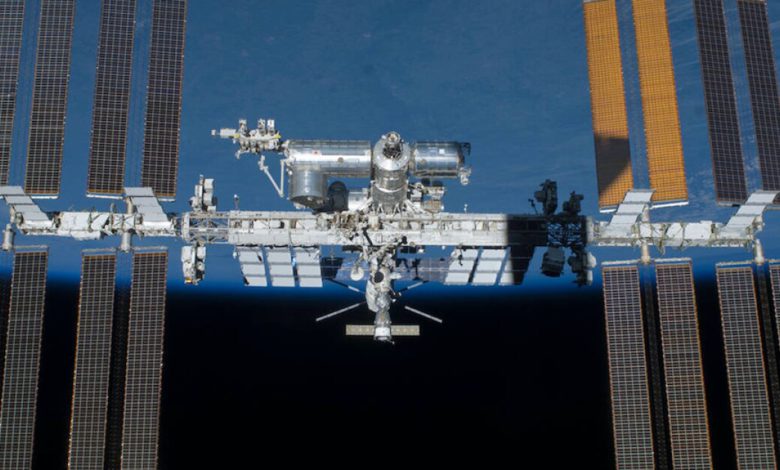
NASA says that once it decommissions the International Space Station in 2030, it plans to return the module to the Earth by crashing it into the Pacific Ocean.
In a press release on Monday, the agency said that while the Biden Administration has extended the ISS's space station operations through 2030, the agency has been planning to transition the use of space stations to commercial businesses.
According to the agency, allowing private companies to handle space station operations will "develop both the supply and demand side of the low-Earth orbit commercial economy and the technical steps and budget required for transition."
"The private sector is technically and financially capable of developing and operating commercial low-Earth orbit destinations, with NASA's assistance. We look forward to sharing our lessons learned and operations experience with the private sector to help them develop safe, reliable, and cost-effective destinations in space," Phil McAlister, NASA Headquarters director of commercial space, said in a statement. "The report we have delivered to Congress describes, in detail, our comprehensive plan for ensuring a smooth transition to commercial destinations after retirement of the International Space Station in 2030."
Once NASA officially retires the International Space Station, the agency plans to bring the module down from Low-Earth Orbit in 2031.
According to a report released last month, NASA will gradually direct the station into a series of maneuvers that will lower its altitude. At a certain point, NASA will direct the ISS into re-entry burn over the Pacific Ocean, where it will crash into the water.
NASA says it will aim for the spacecraft to land in the South Pacific Oceanic Uninhabited Area — a remote oceanic region southeast of New Zealand, where scientists often direct spacecraft to land, as it's far away from human-inhabited landmasses.
But just because NASA is planning for the end of the ISS era doesn't mean the space station won't be busy in the years to come.
"The International Space Station is entering its third and most productive decade as a groundbreaking scientific platform in microgravity," said Robyn Gatens, NASA's director of the International Space Station. "This third decade is one of results, building on our successful global partnership to verify exploration and human research technologies to support deep space exploration, continue to return medical and environmental benefits to humanity, and lay the groundwork for a commercial future in low-Earth orbit. We look forward to maximizing these returns from the space station through 2030 while planning for transition to commercial space destinations that will follow."









